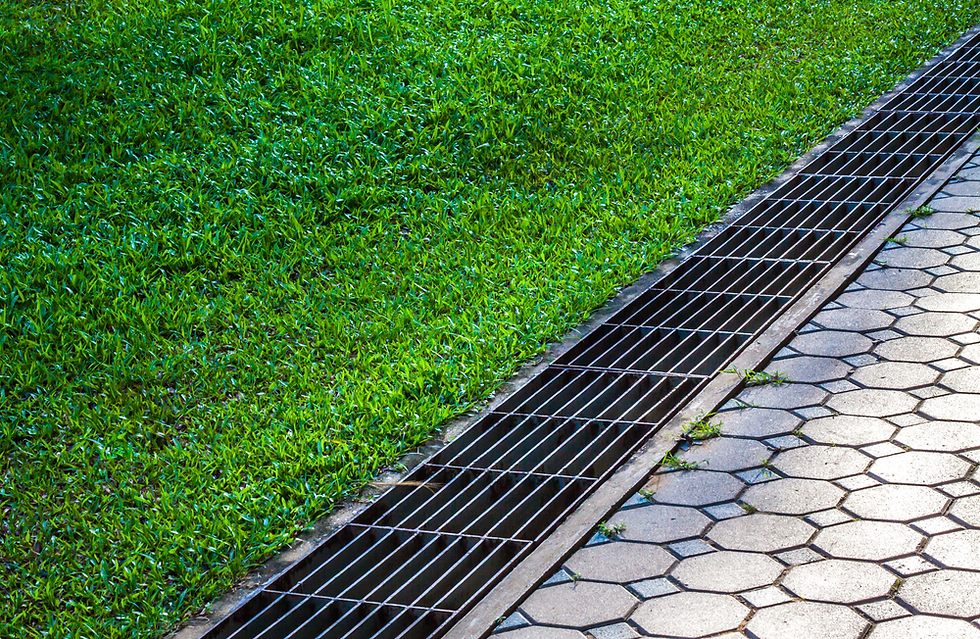Advantages of Using Glass Splashbacks
- Mark Simon
- Nov 11, 2022
- 3 min read
Updated: Sep 8, 2023
If you are working in a kitchen, whether it is a commercial one or at home, the splashbacks are very essential. It can be seen in many places right from the grandest hotels to small home kitchens as it will help in protecting the area that is behind the work surface. Many different types of kitchen splashbacks are available right from metal screen to laminated woods and tiles to glass. The main reason for using a splashback is to protect the walls that are behind the work areas like cooker tops and hobs which tend to get dirty quickly. It is also found behind ovens, microwaves and other such appliances. The most commonly used splashback is the glass splashbacks for the following reasons.

It will be able to prevent heat and steam from damaging the kitchen walls that are behind hot appliances like cook tops.
It can be placed anywhere like near the hob, over the sinks or in the eating areas. As this comes in many colors and styles you will be able to add an attractive feature to the kitchen along with protecting it.
If it gets dirty then the glass can be easily cleaned by just wiping.
The toughened glass are so sturdy that it can withstand high temperatures even up to 400 degree Celsius. So this will ensure that the wall as well as the person who is cooking is protected as low grade glass material when used could cause some serious damages if exposed to extreme temperatures.
It is available in multiple colors and textures. You will be able to get digital printed glass by supplying the image that has to be printed on the glass thus creating a personalized feeling to the kitchen.
Backlighting can be installed to the glass splashbacks thus creating additional highlights to certain parts of the kitchen. The finishing texture can also be customized to give a glassy, frosted, matt or metallic look.
This can be installed along the entire length of the room even areas like stoves which are free standing and electric hobs.
If toughened glass is chosen to be fixed in the kitchen then the screw fixings will have to be pre-drilled into the walls. Any area that has to be cut-out for sockets, TV points, etc. should be market before the toughening process is done.
Installing Glass Splashbacks
The first step to do when installing a splashback would be to measure the wall surface and to determine how much area is to be covered.
The plan of the whole wall can be drawn and the area that has to be covered is sketched. If any places should be lift out like cooker hoods, sockets, cupboards, switches, etc. then provisions should be made for those areas.
If screw fixings has to be used then accurate measurements has to be taken before going to the supplier.
The holes that has to be cut-out in the toughened glass will have to be specified before the glass could be made. This is because once the glass has been toughened, there is no way of making any changes to it.
You can even get professional help to do the measuring in order to avoid any discrepancies.
While measuring a certain buffer space is allowed to accommodate the sealant application and also to prevent any moisture ingress that might occur behind the cooker.
You will be able to use screw fixing or adhesive fixing to fix the toughed glass to the walls. The adhesive fixing will leave no visible points on the glass and will give a seamless finish.
The wall has to be prepared and the surface can be cleaned before the glass could be fixed. All the worktops has to be sealed off to prevent it from any damage during the installation.




.png)





Comments